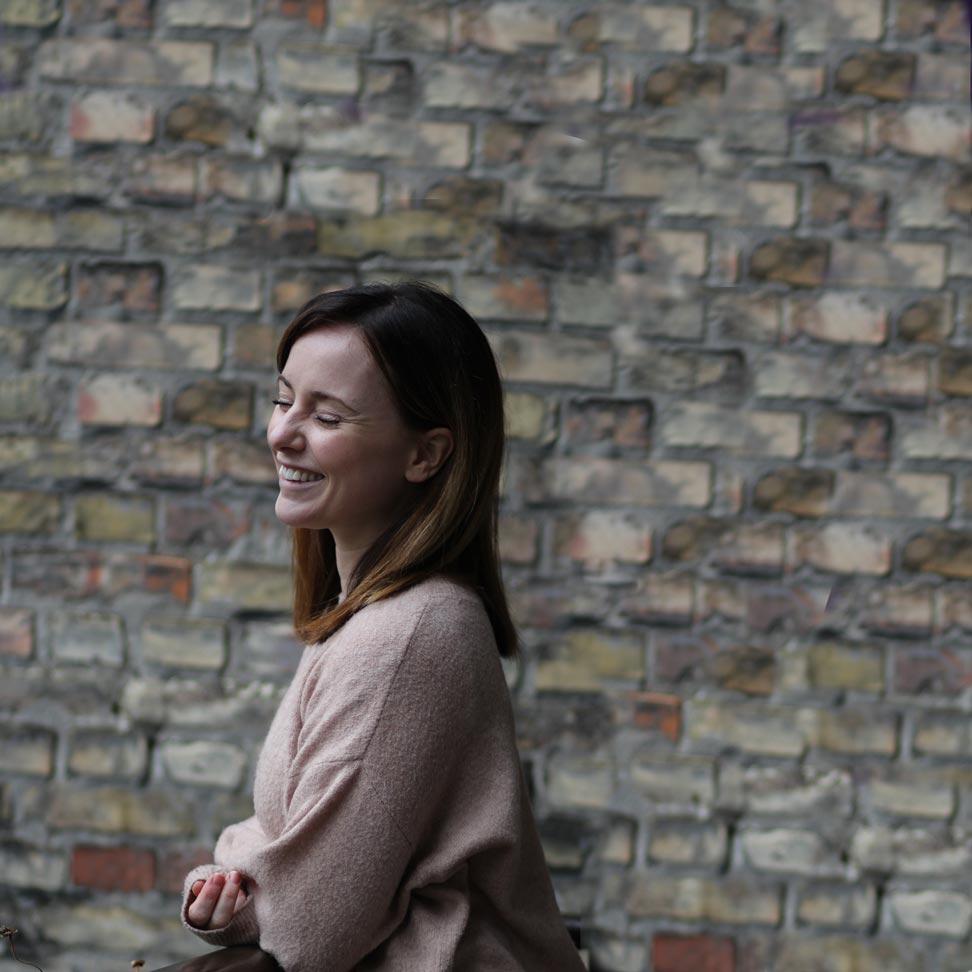Every capital comes with a story, but some stories are more bizarre than others. Take a tour through 6 under the radar capital cities you probably haven’t visited, nor knew existed!
Brasília, Brazil
The glowing Cathedral of Brasília. © Nicolau El-moor/Embratur
After just 41 months of construction, Brazil’s capital was officially opened to the public in 1960. The town was a test laboratory for modernist architecture – not least for the legendary architect Oscar Niemeyer’s vision of a classless new world, featuring airy parks, artificial lakes and wide boulevards open to all. A fully-fledged utopia!
Today, some of Brasília’s futuristic landmarks look a little bit outdated, but there’s a lot that still manages to impress. Best of all is the Metropolitan Cathedral of Our Lady Aparecida, which is built around 16 concrete columns and sparkling stained glass roof.
Nay Pyi Taw, Myanmar
Nay Pyi Taw’s golden Uppatasanti Pagoda.
Buried deep within the country’s mountainous jungle landscape, Myanmar’s new capital of Nay Pyi Taw (or Naypyidaw, depending on whom you ask) is something of a mystery.
Created in 2005, legend has it that the city was devised by Myanmar’s former leader, Senior General Than Shwe, under the guidance of his personal astrologer. Despite boasting six-lane highways, huge nationalistic statues and extravagant palaces, Nay Pyi Taw is under-inhabited and seldom visited by snap-happy tourists. Did someone say Ghost Town?
Abuja, Nigeria
Aso Rock looming over the green Abuja landscape. © Bryn Pinzgauer
What do you do if the country is being torn apart by ethnic and religious conflicts, and the existing capital (Lagos) is developing into an overcrowded behemoth of a city? You build a new and modern capital of (relatively) neutral ground in the middle of the country. At least the solution worked for Nigeria’s rulers, and Abuja was inaugurated the new capital city of Nigeria in 1991.
Now one of the wealthiest and most modern cities in Africa, Abuja features a number of grandiose buildings and decadent places of worship, but these are all trumped by Aso Rock, a monolith rock formation located on the outskirts of the city.
Canberra, Australia
Canberra’s glowing Old Parliament House. © CazzJj
Australia’s suburban capital, Canberra, is located in the middle of the country between Sydney and Melbourne. Unfortunately, the Bush capital stands in the shadow of both those two larger cities, and was only elected as the capital as a compromise to their longstanding rivalry in 1908.
But how do you go about designing a new capital? You open an international competition, of course! With hundreds of blueprints submitted, the competition committee selected the design of two young architects from Chicago, the Griffin brothers, who had a vision to create Canberra so entirely, exquisitely… ordinary.
It may not have the fancy food culture of Melbourne, or the surf of Sydney, but Canberra is nevertheless the humble heart of Australia, and is often referred to as “several suburbs in search of a city”.
Islamabad, Pakistan
Islamabad’s imposing Shah Faisal Mosque.
Shortly after Pakistan’s independence in 1947, it was decided that the country should have a new capital. The decision was both political and economically valid, with political figures keen to shift the predominant power and finance sector away from the former capital, Karachi – the third largest city in the world – and bring development to other parts of Pakistan. They eventually decided to bring power to Islamabad in the north-eastern part of the burgeoning country.
Ever since, Islamabad has become Pakistan’s most modern metropolis, with the city’s showpiece being Shah Faisal Mosque. Shaped like a Bedouin tent and landed in the capital as a gift from Saudi Arabia. The rumor goes that the CIA believed that the mosque’s minarets were missiles… They’re not.
Astana, Kazakhstan
Kazakhstan’s colorful capital city, Astana
Beautiful and charming? No! Bizarre and fascinating? Yes! Astana is a futuristic and monumental colossus of a city located far out on Central Asia’s vast plains. The town, which was officially inaugurated as Kazakhstan’s new capital in 1997, is the result of an awful lot of oil money and an authoritarian leader, Nursultan Nazarbayev, with a penchant for megalomania. Most striking of all is the 97-meter tower, the Bayterek, cradling a huge golden orb – a nod to ancient local folklore of a bird who laid its golden egg in the sacred tree of life.



